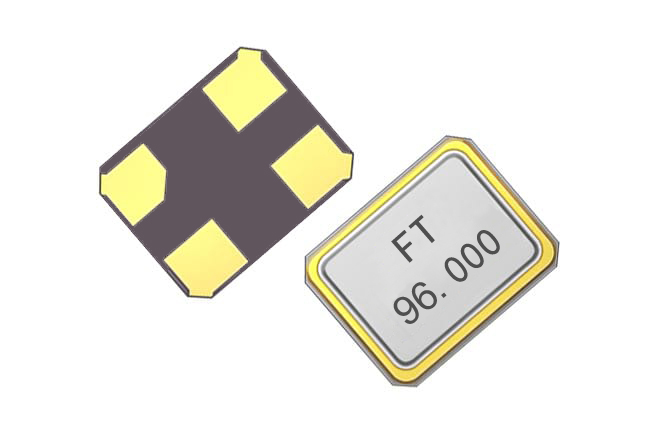The difference between the fundamental frequency of a crystal and the third overtone.

People only know that a crystal oscillator is a frequency component, but relatively few are aware that crystal oscillators can be classified into fundamental frequency crystal oscillators and overtone crystal oscillators. So, what exactly are fundamental frequency crystal oscillators and overtone crystal oscillators? And what are the differences in their usage in circuits?
A crystal oscillator undergoes mechanical vibration and has the characteristics of mechanical vibration, such as shape, geometric dimensions, mass, etc., which determine the vibration frequency. Crystal oscillators are generally composed of quartz or ceramic materials combined with internal wafers. The frequency of a crystal oscillator is affected by the thickness of the wafer. First of all, in terms of manufacturing process, the size and thickness of the wafer are closely related to the frequency of the crystal oscillator. Generally speaking, the higher the frequency of a quartz crystal oscillator, the thinner the required quartz wafer. For example, the wafer thickness required for a 40MHz quartz crystal is 41.75 microns, which is still achievable. However, for a 100MHz quartz crystal, the required wafer thickness is 16.7 microns. Even if such a thickness can be achieved, the loss is extremely high, and the wafer will shatter easily with a slight drop after being made into a finished product. Therefore, for high – frequency crystals, techniques such as the third overtone, fifth overtone, and seventh overtone are generally adopted. For instance, a crystal with a fundamental frequency of 20MHz can reach 100MHz after the fifth overtone. Generally, based on experience, crystal oscillators below 40MHz are basically fundamental frequency crystal oscillators, while those above 40MHz are overtone crystal oscillators.
Therefore, it is not difficult to understand why many active crystal oscillators have relatively high frequencies and relatively high costs. Besides the thinner internal wafers, the cost of active crystal oscillators also comes from an additional oscillator chip inside. So, what are the differences in the usage of fundamental frequency crystal oscillators and overtone crystal oscillators? There must be differences in their usage. For example, a fundamental frequency crystal can operate simply by connecting appropriate capacitors. This is the reason why a pair of capacitors to the ground are connected on both sides of the MCU crystal. On the other hand, an overtone crystal oscillator needs to be used in combination with an inductor and a capacitor to generate the overtone frequency; otherwise, only the fundamental frequency can be generated.
Introduction to overtone crystal oscillators: Quartz crystal oscillators are made of quartz wafers. The size and thickness of the quartz wafers corresponding to quartz crystal oscillators of different frequencies are different. Generally, the higher the frequency of a quartz crystal oscillator, the thinner the required quartz wafer. For example, the wafer thickness required for a 40MHz quartz crystal is 41.75 microns, which is still achievable. But for a 100MHz quartz crystal, the required wafer thickness is 16.7 microns. Even if the thickness can be achieved, the loss is very high, and the wafer will break easily with a slight drop after being made into a product. So, for high – frequency crystals, techniques like the third overtone, fifth overtone, and seventh overtone are usually employed. For example, a crystal with a fundamental frequency of 20MHz can reach 100MHz after the fifth overtone. Generally, based on experience, crystal oscillators below 40MHz are mostly fundamental frequency crystal oscillators, and those above 40MHz are overtone crystal oscillators. There are also certain differences in their usage. A fundamental frequency crystal can work just by connecting suitable capacitors, while an overtone crystal needs to be used in conjunction with an inductor and a capacitor to generate the overtone frequency; otherwise, only the fundamental frequency can be generated.







